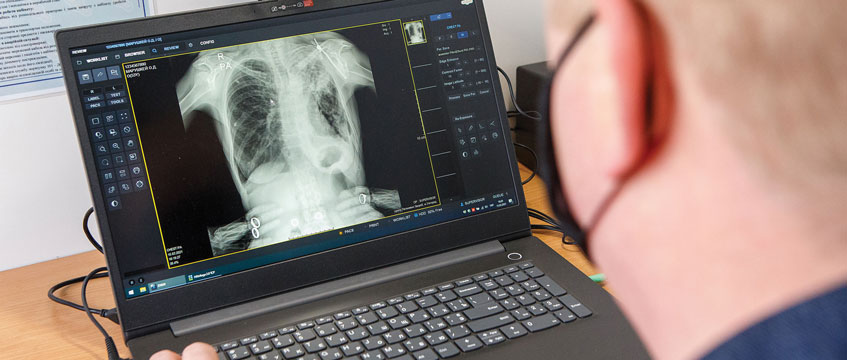COMMENT: The government recently pledged £2.3bn over the next three years to transform diagnostic services across the country, with plans to roll out at least 100 new community diagnostic centres. The need is obvious, with the NHS’s current diagnostic care backlog set to pass 6m people. But the question is – what is the most effective and viable delivery option?
The first thought that often crosses the minds of government bodies and developers is where to build a new centre. However, with land shortages, price growth in densely populated areas and competition with other use classes – namely residential – this isn’t the most practical option. Frankly, you can’t build a big enough hospital facility to fit everything in given the costs and the risk of running over budget.
Adaptive reuse is likely the key to delivering many of these facilities. For instance, repurposing the numerous retail units and offices that lie empty because of the pandemic seems like the most pragmatic route.
Close to home
The past two years have accelerated the decline of bricks and mortar retail, particularly on high streets at the heart of local communities, which is exactly where there is a shortage of diagnostic centres. This can be expanded and include wellness centres and GP practices.
One in 10 high street shops and more than 13% of retail units in shopping centres have remained empty for more than a year, according to the British Retail Consortium. Meanwhile, office occupancy was hovering around 20% before the work from home guidance was reintroduced, as per Remit Consulting.
Given the continued uncertainty around the prospects of retail and offices across much of the country, this is an option that developers, landlords and public health authorities need to consider. Especially when having a tenant like the NHS allows them to secure a longer lease with visible income over the next 10-15 years.
The evidence of this is beginning to appear, with commercial property landlord Capital & Regional, largely focused on shopping centres, recently letting 5,500 sq ft at The Mall in London’s Wood Green to the NHS. The NHS plans to open 40 diagnostic centres across two ground floor units, offering x-ray, ultrasound, ophthalmology and phlebotomy services to local residents, with plans to increase the range of services that can be offered on site. This is reflective of the NHS’s plans to open community diagnostic centres across England in local shopping centres, high streets and even football stadiums, so that patients can benefit from earlier diagnostic tests closer to home.
Why wait?
Apart from the convenient access, the adaptability of retail units is another factor that should encourage this form of reuse. The average units will have a five-metre ceiling height, which is conducive for MRI and x-ray machines.
The proof is already out there and can be replicated, with the Royal National Orthopaedic Hospital in London’s Bolsover Street serving as a template. The outpatient hospital is an adaptive reuse case study, having previously been a retail unit, and today houses an ambulatory care facility alongside offices and housing.
Private healthcare providers have also been opening one-stop-shop facilities where patients can see a consultant as well as get an MRI and CT scan. In Chelsea, HCA Healthcare UK took up a former retail unit on King’s Road as well as a 1980s office building on Sydney Street, and repurposed both to create outpatient and diagnostic centres.
We have become accustomed to receiving our jabs at a local office building, high street store or shopping centre. It makes sense to deliver the pledged CDCs within communities. With the proximity and technological adoption, it could also solve that age-old issue of long waiting times at the centre, given that patients can be contacted and notified about their appointment at short notice.
The pandemic taught us that everything in hospitals being in an acute setting meant that care procedures ground to a halt. But taking facilities to a high street or office park would change that.
Allison Wagner is healthcare market leader at HOK











